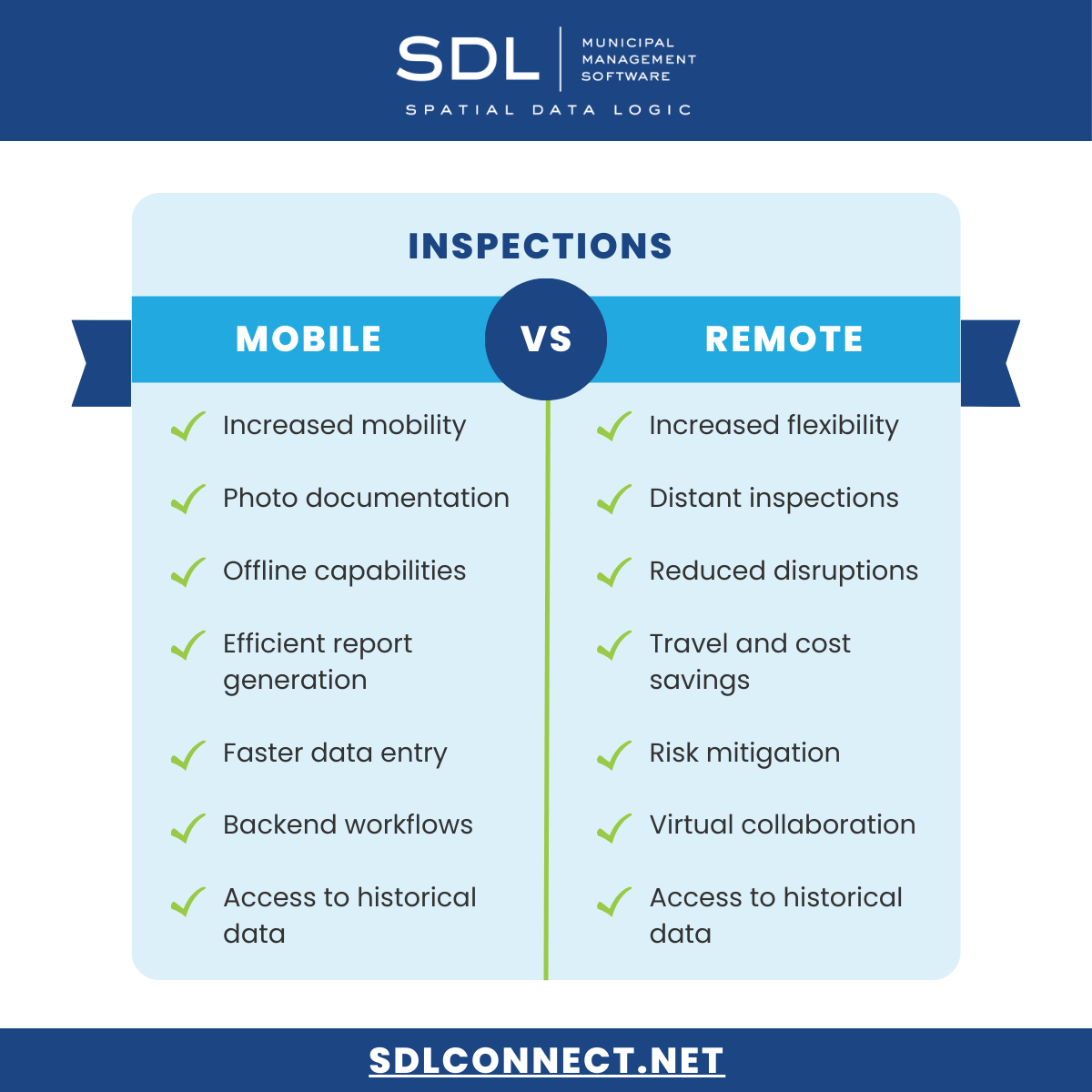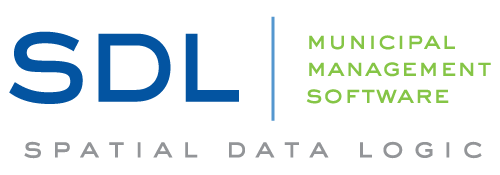The Benefits of Mobile vs Remote Inspections
What are Mobile and Remote Inspections?
Mobile inspections involve the use of smartphones or tablets to conduct on-site inspections. Inspectors can carry these devices to different locations, capturing and documenting relevant information in real-time. Mobile inspections often leverage specialized apps or software that facilitate data collection, photo documentation, and communication between field inspectors and central systems. This approach allows for increased mobility, quicker data processing, and reduced reliance on paper-based documentation.
Remote inspections, on the other hand, occur without the inspector being physically present at the site being examined. This method utilizes digital communication technologies to enable inspections from a distance. Remote inspections can involve live video streaming, virtual collaboration tools, and digital documentation sharing. Inspectors may guide on-site personnel or homeowners through the inspection process using these remote technologies. This approach is beneficial when physical presence might be challenging or unnecessary, providing a cost-effective and time-saving alternative.

What to Look for When Building a Mobile and Remote Inspection Process
Mobile and remote inspections are great tools that save time for inspectors, but there are some key things to consider when building out these processes. Selecting the right technology is paramount. Investing in mobile inspection apps or software that are user-friendly, adaptable to various devices, and equipped with features such as offline capabilities for locations with limited connectivity is essential. The chosen technology should support seamless data synchronization, enabling inspectors to work efficiently in both on-site and remote environments. Furthermore, a robust, user-friendly interface contributes significantly to the success of the inspection process, reducing the learning curve for field inspectors and optimizing overall usability.
Integration capabilities are another crucial factor to evaluate. A successful mobile and remote inspection process should seamlessly integrate with existing organizational systems, such as databases, customer relationship management (CRM) platforms, ICC or General Code, or other relevant software. Integration enhances data flow and consistency, avoiding duplication of efforts and minimizing the potential for errors. To ensure a cohesive and interconnected approach, governments should pay attention to how well the inspection solution aligns with the broader technological ecosystem.
Additionally, workflow customization is critical when building a mobile and remote inspection process. The chosen solution should allow governments to tailor workflows to their specific needs, accommodating different types of inspections and varying levels of complexity. The flexibility to customize workflows ensures that the inspection process aligns seamlessly with existing business practices and can adapt to evolving requirements. This customization may involve defining inspection checklists, assigning tasks to specific personnel, and incorporating automated notifications for critical milestones, contributing to an efficient and standardized inspection process.
How SDL Connect Can Help
SDL Connect provides all these capabilities, combining them with our intake and project tracking software to create an end-to-end permitting solution. With Spatial Data Logic, citizens can request and schedule inspections through the SDL Portal, office staff can track the progress of inspections through workflows and dashboards, and inspectors can complete inspections on the SDL Mobile app. Schedule a call with us to learn more about our robust solution!

